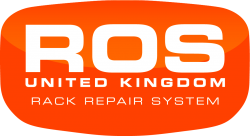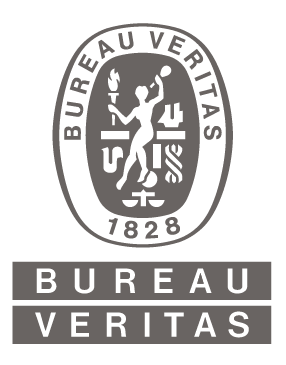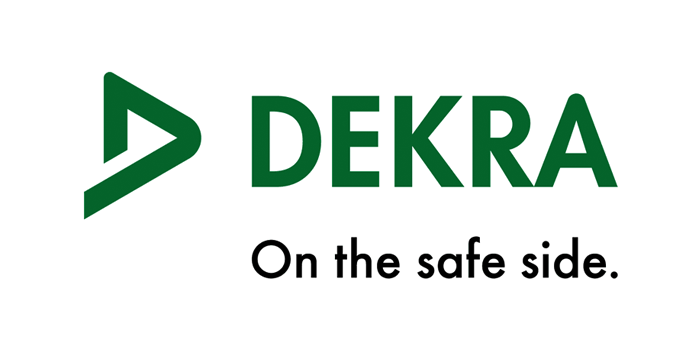
Conclusions: rack samples used do not lose capacity after the compression test carried out according to the specifications of EN 15512.
According to the ROS working procedure, only two repairs can be made on the same rack with a distance of 50 cm between damage points.
The results of the trials included in this report are considered valid for temperatures ranging from 80 °C to – 25 °C, when working with racks in the original state. They would not be valid if the material was in poor condition (corrosion, high percentage of oxide, etc).
The rules of reference both for the trials and the classifications of risks of the items on the shelves are European. (EN 15635 & EN 15512).
What is SGS?
SGS is the world’s leading inspection, testing and certification company, recognised as a global benchmark for quality and integrity. It employs 89,000 people, operating from 2,600 offices in 56 countries, with a turnover in excess of €5.6 billion. They undertake testing in sectors that include engineering, construction, logistics, industrial manufacturing, and energy.



